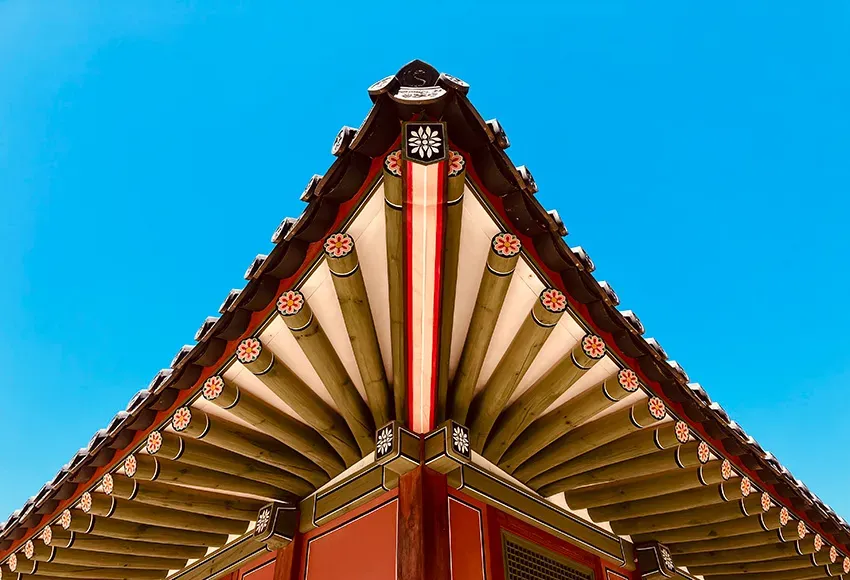I know what some of you are thinking: "11 hours and 40 minutes on a plane is a really long time, and the culture is very different from Seattle." Well, I'm here to prove to you that a trip to Seoul is worth your while.
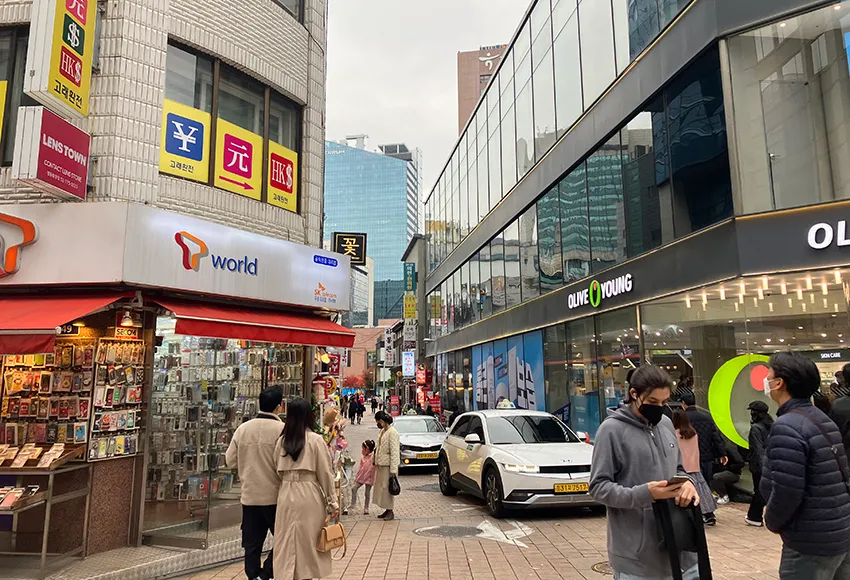
From late August to December 2022, I studied abroad at Yonsei University in the Sinchon neighborhood of Seoul. While I may not be an expert on the city because of my elementary-level Korean, I still think I can give some fantastic recommendations on fun activities to do and delicious food to devour.
Preparations
Most people don't like homework, but trust me when I say doing these things before your trip to Seoul will make it way better.
The first is learn hangul (the Korean alphabet), and thanks to the internet, you can do this in 30 minutes. The YouTube video I used is "Learn Hangul 한글 (Korean Alphabet) in 30 minutes" (https://www.youtube.com/watch?v=85qJXvyFrIc) by Korean with Miss Vicky 빅키샘 한국어. Once you have that down, you'll be able to understand a good number of words with similar spelling and pronunciation to those in English.
Here are a couple of words to make you feel like a pro:
-바나나 (pronounced bah-nah-nah) means banana.
-핫도그 (pronounced hawt-doh-g) means hotdog.
-치즈 (pronounced chee-jeu) means cheese.
You should also learn some of the main key phrases. The most important word you need to know is thank you, 감사합니다, pronounced kahm-sa-hahm-nee-dah, which you should always follow with a bow whose deepness reflects how thankful you are for what happened. For reference, this would be a slight bow for a McDonald's worker and a deeper one for a tour guide.
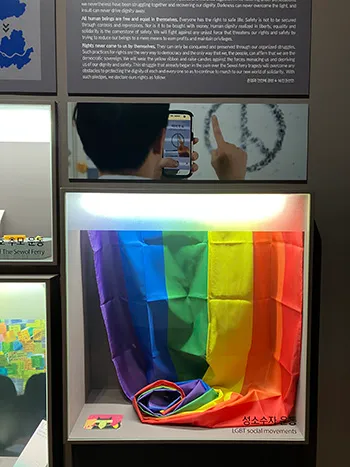
Queer in Seoul
When I planned for my trip to Seoul, I was worried about how I might be treated as an openly Queer person. While my experience in no way reflects the experience of everyone, I still think it's important to say that I was generally treated well. Since I was a white person wandering the streets of Seoul, I was already seen as different, so the Queer part of the equation was never really considered.
Korea is a generally conservative country: only 38% support same-sex marriage, according to a 2021 Gallup Korea Poll. That same poll says that 73% of Koreans in their twenties are in favor of same-sex marriage, so the homophobia mainly comes from older generations.
Every time I encountered a Queer Korean, it was a bit of a secretive moment, in which they confided in me because of my openness with my sexuality. I also heard about Queer people of East Asian descent being verbally harassed by older people who mistook them for Koreans.
So it's not an ideal scenario, but neither is the situation in the United States right now. For me, it feels like choosing between the Queer-based violence of the US and the subtle homophobia of Korea. In terms of safety, Korea is my pick, but I also don't speak Korean, so if anything bad was said to me, I was unaware of it.
Despite Korea's conservative attitude toward the Queer community, Seoul still has a plethora of Gay bars. The two best neighborhoods for Queer nightlife are Itaewon and Hongdae. The former is the old location of an American military base, so it has an international crowd; the latter is located between three universities, so it's known for its youth-like, artsy vibes.
Some Gay bars in Seoul restrict access to foreigners, so I recommend checking out the Queer Korea Information group on Facebook.
Attractions in and around Seoul
Seoul is one of the most uniquely designed metropolises in the world. Among the forest of space-age-like skyscrapers are palaces, remnants of the wall that used to protect the city, and museums that tell the history of this place that has been conquered over and over.
One of the craziest-looking buildings (probably in the world) is the Dongdaemun Design Plaza. The complex, which stands in the exact location of a sports stadium built during the Japanese colonial era, is worth visiting for its architecture alone, but it is also a mecca for design lovers because of its museums, labs, and other spaces. (Not to mention that it is also surrounded by countless shopping malls.)
No trip to Seoul is complete without seeing one of its five palaces. My two personal favorites are Gyeongbokgung and Deoksugung. The former, the largest of the remaining palaces, lies at the foot of Bugaksan Mountain in the financial district and features an abundance of re-created buildings. Given its size and location, it is the most popular palace tourists visit. Deoksugung gets significantly fewer visitors, but it is just as beautiful. I would go to Gyeongbokgung to learn about history and Deoksugung to relax alongside the thrones while listening to music.
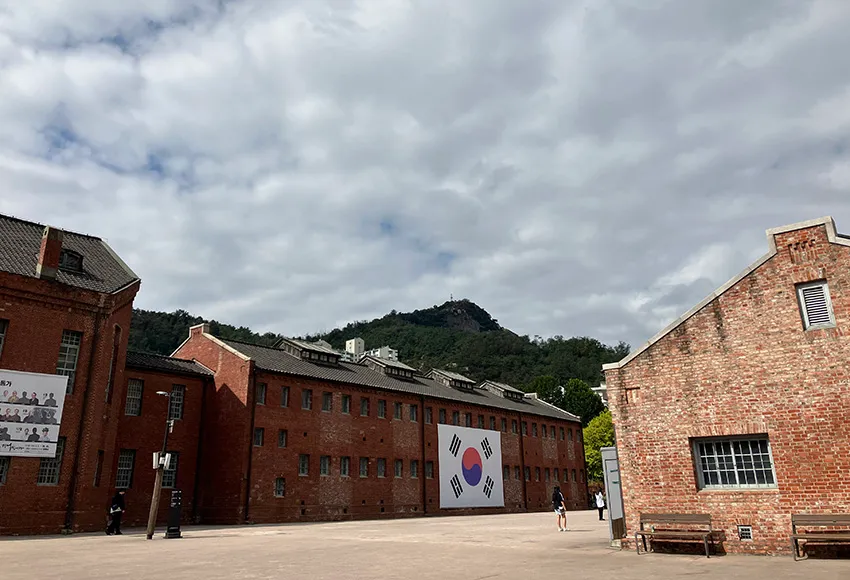
This might sound strange, but my favorite place in Seoul is the Seodaemun Prison History Hall. It consists of the remnants of a Japanese colonial-era site where Korean nationalists were imprisoned. While the history and stories of the place are tragically horrific, they give context to how hard the Korean people fought to keep their culture, which gave me a deeper appreciation for the city.
The Demilitarized Zone is worth a day trip. It's the closest any American can get to North Korea, and despite the history of the area, it's gorgeous in terms of nature.
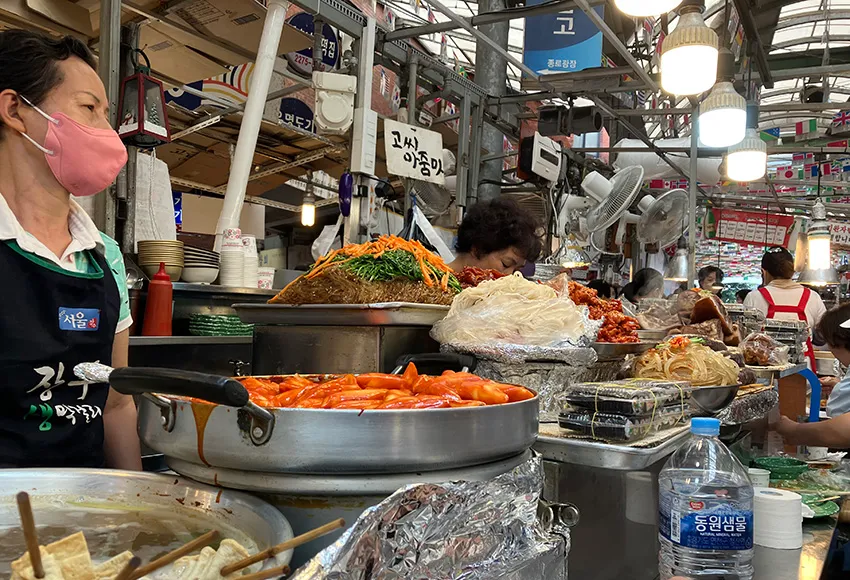
What to eat in Seoul
Not only does Seoul have some of the tastiest food in the world, but it's also very cheap.
I've eaten a lot of fried chicken in my life, but nothing compares to the Korean version. Even the chicken at KFC and McDonald's was better than anything I had ever eaten in the United States. Korean fried chicken is typically accompanied by beer and eaten with large groups of people. It's one of the best things ever.
As you walk down the streets, you'll notice a lot of old ladies running food stands. They know how to cook, so you should stop to get something. My personal street food favorites are mozzarella hot dogs, tteokbokki (spicy rice cakes), bindaetteok (stuffed pancakes), lobster tails covered in cheese, and gimbap (a Korean version of sushi).
If you're in an especially large group of people, you should check out a barbecue place or get some dakkalbi (spicy stir-fried chicken). At the former, you cut and cook all your meat on the table. At someplace serving the latter, you are given a bunch of chicken, veggies, cheese, and whatever else you're craving, and it is all stir-fried in front of you. Both experiences are typically accompanied by soju shots and cups of beer.
This guide only covers a small portion of what you can experience in Seoul, because there is a lot to do there. If you're interested in making the trip, I recommend checking out in-depth neighborhood guides beforehand because of how drastically different some parts of town are compared to others.
Happy travels!


